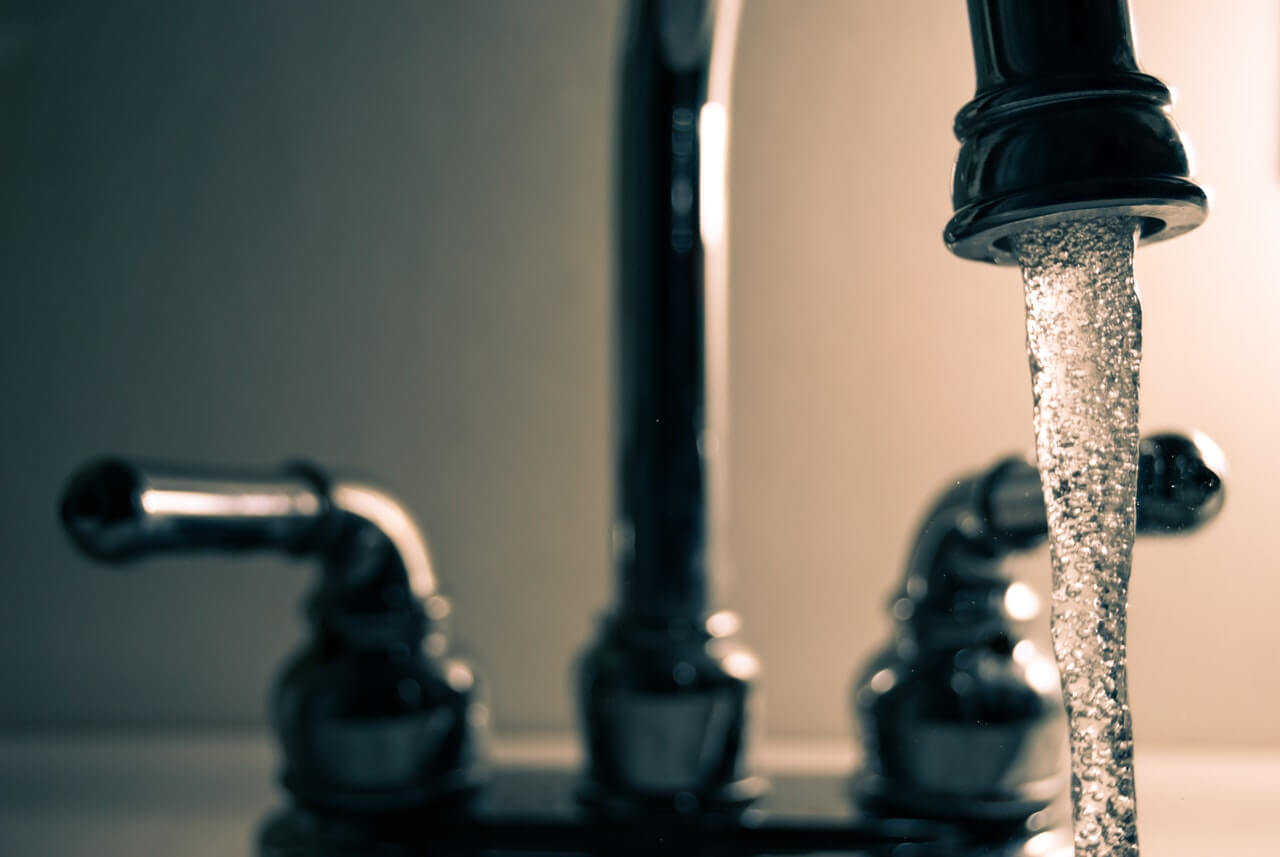
Water Infrastructure Resilience in the Philippines: 7 Solutions to Explore
The dual threats of climate change and a peaking population are set to dramatically reduce freshwater availability for the average Filipino. Fortunately, public policymakers and water infrastructure developers are now implementing solutions that will help the country become more resilient to future water shortages.
Some current and potential solutions include the following:
1. Tapping New Freshwater Sources
Many local city or municipal water systems in the Philippines are several decades old. This means that the primary water sources that they were tapping back when they were built are no longer adequate for the larger populations that they now need to support.
One such place was Davao City. When its water system was constructed, the area had a relatively small population and could thus be adequately served by nearby underground water sources. However, the postwar economic boom led to the population skyrocketing, which meant that the original underground sources were being tapped faster than they could be replenished.
An update to the Davao water system, the Apo Agua Infrastructura project, was able to take the pressure off this delicate underground resource. To supply the rapidly growing city, Apo Agua draws water from the nearby Tamugan River, a much more sustainable water source. Modern water treatment technology has made this feasible, allowing Davao the capacity to keep growing in a water-secure manner for decades more. Similar projects are currently in the works throughout the country.
2. Applying Smart Technology in Infrastructure Maintenance
Maintaining pipes, pumps, and other types of water infrastructure can be extremely time-intensive, especially when using manual methods. This job becomes even more difficult in built-up urban areas, where even inspecting old pipes for leaks may require workers to halt traffic or cause all kinds of unavoidable inconveniences. As a result, small leaks can remain undetected for years.
Many of these issues may be resolved through the use of smart technologies, as is currently being done in more advanced economies. Sensors could be used to detect abnormal water pressure in different parts of the system, drastically reducing the time it takes to spot a problem. Smart sensors can also be used to reduce maintenance disruptions and ensure that every building hooked up to the system is being adequately served.
3. Investing in greywater recycling solutions
Greywater refers to the wastewater from sinks, bath drains, washing machines, and kitchen appliances. This is distinguished from the wastewater from toilets, called blackwater. Though greywater is not safe to drink, it is relatively clean and could be used for a variety of purposes, including toilet flushing or irrigation. Greywater also requires less energy to convert into potable water compared to blackwater.
Cities, communities, and even individual buildings now employ a wide selection of greywater recycling and treatment solutions. These range from simple storage tanks that could be used for watering gardens to sophisticated water treatment facilities that convert greywater to potable drinking water. Having these types of greywater infrastructure in place can take tremendous pressure off of limited freshwater supplies, allowing them to regenerate properly and making them less vulnerable to overuse.
4. Building with the Next Century in Mind
When building or rebuilding water infrastructure systems, policymakers should create solutions that will meet needs over the next century or longer. Many Philippine water infrastructure components hail from the prewar era or even further back, and many are struggling to meet current needs due to the limited timespan of their designs. Considering future generations’ needs will ensure that adequate supplies will be continuously available, even given reasonable population and environmental stresses.
5. Passing Legislation That Encourages Building Owners to Save Water
Commercial and industrial buildings already consume more water than households. However, the relatively low water utility rates in the Philippines can encourage even more waste in these buildings.
This could potentially be mitigated by LGUs through a carrot and stick approach. For instance, buildings that do not install water-saving features by certain dates could face fines and nonrenewal of their permits. Tax incentives could also be given for building owners that comply early or are more proactive in water conservation.
6. Encouraging the Consumption of Alternative Grains
The largest user of freshwater resources in the Philippines by far is the agricultural sector. This is largely because lowland rice, the country’s staple food crop, requires fields to be flooded at some points of the cultivation cycle. As a result, thousands of liters of water are needed to produce each kilo of milled rice. Consuming other staples regularly may help reduce the stress on water resources.
Already, water-poor regions of the Philippines are more likely to consume corn or cassava as a staple. While communities don’t have to give up rice entirely, supplementing rice consumption with eating locally sourced corn or root crops can help put the pressure off dwindling freshwater supplies, all while ensuring a more varied and balanced diet.

7. Educating Regular Consumers
Individuals and businesses all need water. There can be no sustained human activity without this often-overlooked resource. This makes it important for everyone to pitch in to conserve delicate water supplies.
To ensure that future generations will continue to have access to clean water, the educational system, media, and private businesses have to work together to educate everyone about the importance of water conservation. This will help cultivate and maintain a socially and ecologically sound mindset when it comes to the use of our precious and often finite water resources.
These are just a few of the solutions being tried out and explored throughout the country’s many different water distribution systems. No single one of these is likely to be a panacea for the country’s coming water shortages. However, with a multipronged approach that involves all sectors, the Philippines will emerge from the coming crisis with resilient water infrastructure and an adequate supply for future generations.
More From Our Site
Articles written by our contributors. For interested writers, email us at manillenials@gmail.com.









